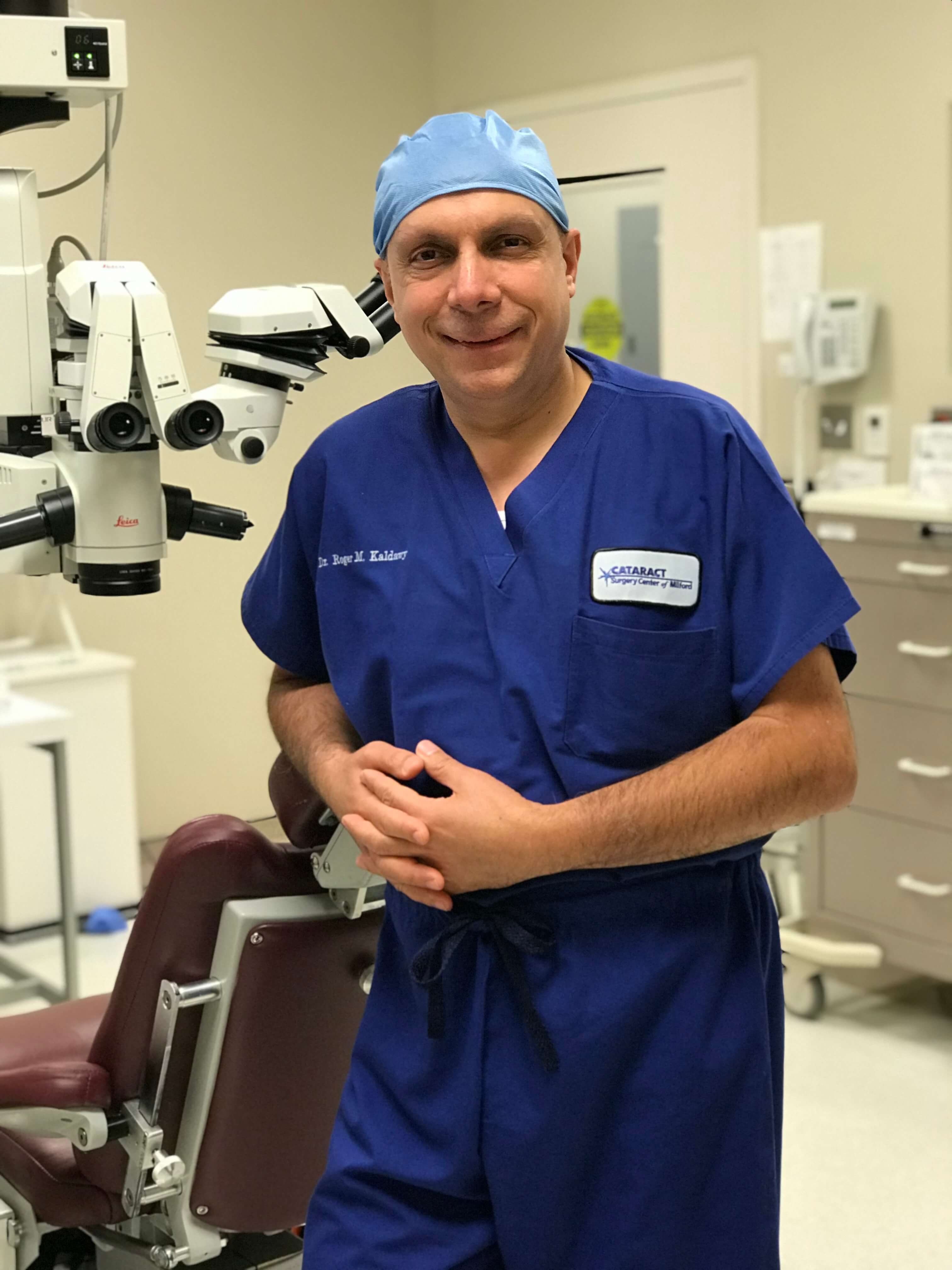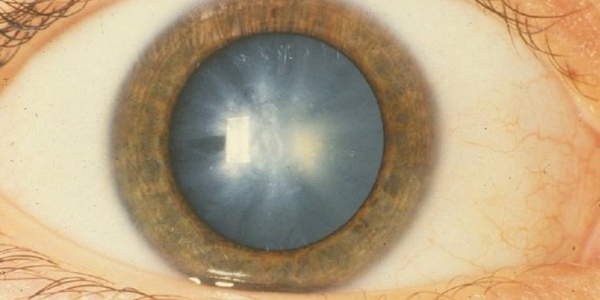FRANKLIN OFFICE
Address:
750 Union Street, Franklin, MA 02038
Phone:
508-528-3344
Fax:
508-541-6192
Location
MILFORD OFFICE
Address:
160 South Main Street, Route 140, Milford, MA 01757
Phone:
508-473-7939
Fax:
508-473-3932
Location
Medfield Office
Address:
258 Main Street Second Floor Medfield MA 02052
Phone:
508-528-3344
Fax:
5508-541-6192
Location
SURGERY CENTER OF MILFORD
Address:
145 West Street,
Milford, MA 01757
Phone:
508-381-6040
Fax:
508-381-6050
Location
Welcome to our Practice
As CEO of Milford-Franklin Eye Center and Medical Director of the Cataract Surgery Center of Milford I’d like to welcome you to our practice. We are one New England's leading providers of Vision Health Services, with a dedicated staff of physicians, surgeons and optometrists.

CEO, MILFORD FRANKLIN EYE CENTER

Comprehensive and Patient-centered

DRY EYE
Dry eye affects millions of patients. Mild dry eye may have few or no symptoms, but it is a chronic, progressive condition.

CATARACT
Cataracts are very common among seniors, this eye problem is affecting roughly 60% of people over the age of 60

RETINA
A healthy retina is essential for good vision. The retina is a light-sensitive tissue at the back of the eye. When light enters the eye..

GLAUCOMA
Glaucoma is a disease of the optic nerve, which is the part of the eye that carries the images we see from the eye to the brain.

CORNEA
The surface of the cornea is where light begins its journey into the eye. The cornea’s mission is to gather and focus visual images.

COSMETIC
Are you seeking facial cosmetic services? The cosmetics division at Milford-Franklin Eye Center has many options to help.

IMPLANTABLE CONTACT LENS
EVO Visian ICL, also called an Implantable Collamer® Lens, is a refractive implant to correct common vision issues like myopia (nearsightedness) with or without astigmatism.
Eye Conditions
This list of symptoms and possible eye problems is for general reference only and is not intended to diagnose any specific eye disease or condition. Online symptom checkers can't cover all visual symptoms or all possible related conditions.
ARE YOU LOOKING TO IMPROVE YOUR VISION HEALTH
Let us help you! Call Now : +1 508-528-3344
Monday : 8:00-5:00
Tuesday : 8:00-7:00
Wednesday : 8:00-7:00
Thursday : 8:00-5:00
Friday : 8:00-5:00
Same day- Urgent appointments available
Saturday and after hour appointments available









